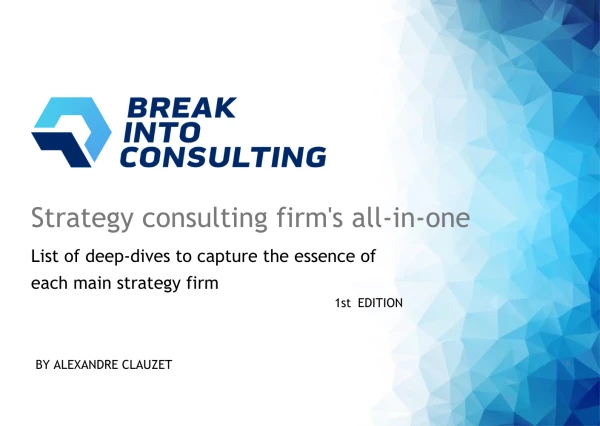Hi!
I have used Victor Cheng's LOMS and a couple of case books to build my skillset of case solving. The frameworks provided actually help me a lot in structuring my thinking and analyzing specific situations, but I struggle to see whether a particular framework that I choose is covering all important elements. For example, when I need to determine a strategy to address below-expectation profits, there are dozens of potential areas to potentially focus on. How do I narrow down the set of focus areas at the beginning of the case? To be honest, relying on an ingoing hypothesis feels like guessing. Any advice?












